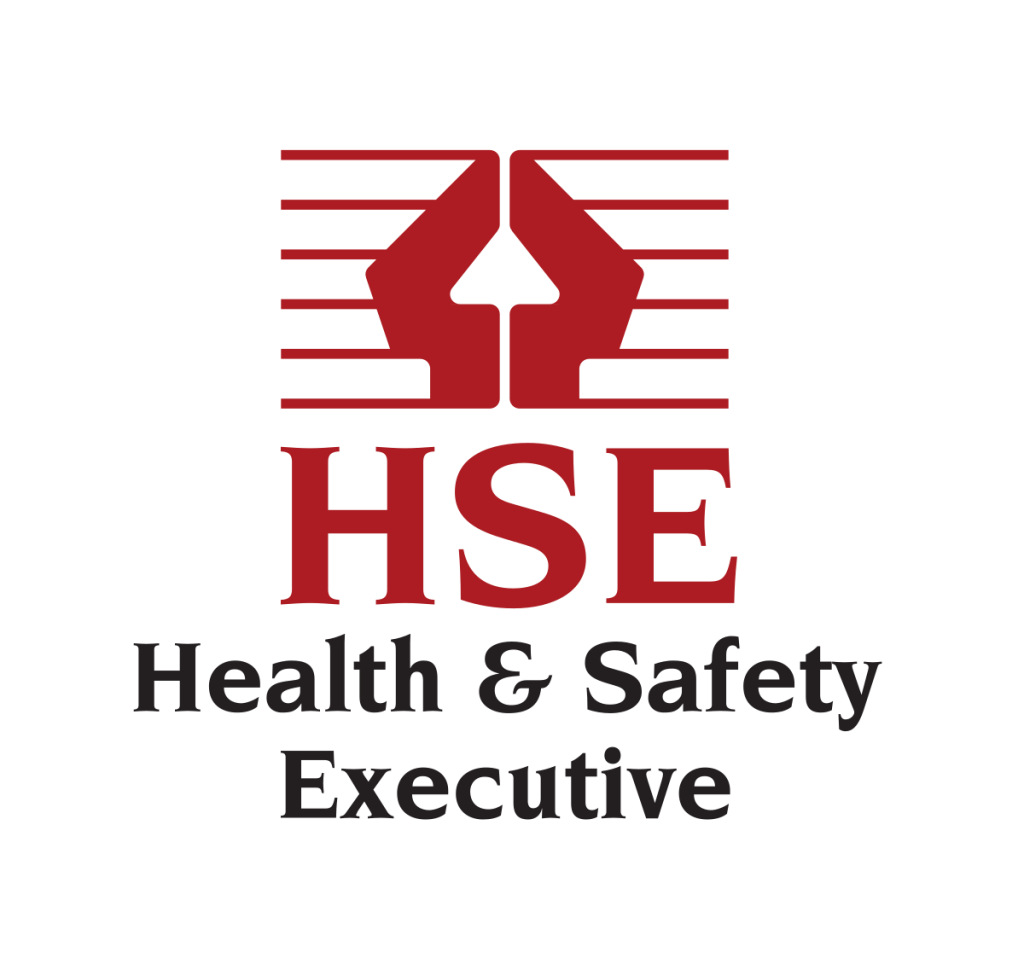
Related Link – Health and Safety at Work etc Act 1974 – HSE
HSWA Real World
If you’ve ever groaned at the mention of “health and safety,” you’re not alone. But here’s the reality: the Health and Safety at Work Act 1974 (HSWA) is the reason countless workers go home safe at the end of the day.
It’s not just about stopping people from doing something reckless with a ladder; it’s about protecting lives, preventing accidents, and ensuring employers take responsibility for the environments they create.
This isn’t just about a vague “duty of care” – HSWA has legal backing, with specific clauses holding people accountable. So the reality is, we need to pay attention.
What is the Health and Safety at Work Act?
The HSWA 1974 is the primary piece of legislation covering workplace health and safety in the UK. It applies to all industries, from offices to construction sites, factories to retail spaces. Whether you’re in an office chair or up a scaffold, this law affects you.
Who Enforces HSWA?
- Health and Safety Executive (HSE) – The main regulator responsible for inspections, investigations, and enforcement.
- Local Authorities – Handle specific sectors such as retail, hospitality, and leisure.
Failure to comply can lead to serious consequences, including fines, prohibition notices, and imprisonment.
Employer Responsibilities (Section 2)
Employers have a legal duty to ensure, so far as is reasonably practicable, that employees work in a safe environment.
Key Requirements Under Section 2
- Section 2(1): Employers must ensure the health, safety, and welfare of employees.
- Section 2(2): Covers specifics, such as:
- (a) Safe systems of work
- (b) Safe use, handling, and storage of dangerous substances
- (c) Adequate training, supervision, and instruction
- (d) Safe workplace environments, including proper ventilation, lighting, and sanitation
- Section 2(3): If an employer has five or more employees, they must have a written health and safety policy.
Employee Responsibilities (Section 7)
While employers must provide safe conditions, employees also have a duty to take care of themselves and those around them.
- Section 7(a): Employees must take reasonable care for their own safety and that of others.
- Section 7(b): They must cooperate with their employer’s safety measures.
Ignoring safety rules or refusing to wear personal protective equipment (PPE) is not just careless—it is breaking the law.
Self-Employed Workers and HSWA (Section 3)
- Section 3(2): Self-employed individuals must conduct their work without endangering others, including contractors, clients, or the public.
Manufacturers and Suppliers (Section 6)
- Section 6(1): Manufacturers and suppliers must ensure that:
- The products they supply are safe when used properly.
- They provide clear safety instructions.
HSWA Enforcement and Penalties
The Health and Safety Executive (HSE) and local authorities have extensive powers to ensure compliance.
- Section 20: HSE inspectors have the right to enter workplaces, investigate hazards, and demand records.
- Section 21: Improvement Notices – Given when a business is not complying with HSWA, requiring them to fix issues by a deadline.
- Section 22: Prohibition Notices – Issued when there is an immediate risk to life. Work must stop immediately.
- Section 33:Penalties – Breaching HSWA can result in:
- Unlimited fines
- Up to 2 years in prison
- Permanent business closure in extreme cases
Other Key Health and Safety Regulations
HSWA is the foundation of workplace safety, but additional regulations focus on specific risks.
Management of Health and Safety at Work Regulations 1999 (MHSWR)
- Employers must carry out risk assessments.
- Workplaces must appoint a competent person to oversee safety.
- Training is mandatory for all employees.
Workplace (Health, Safety and Welfare) Regulations 1992
- Covers ventilation, lighting, cleanliness, toilets, and drinking water.
Personal Protective Equipment (PPE) Regulations 2022
- Employers must provide free PPE where needed.
- PPE must be suitable, properly maintained, and fit for purpose.
Control of Substances Hazardous to Health (COSHH) Regulations 2002
- Strictly regulates hazardous chemicals, paints, solvents, and dust.
Provision and Use of Work Equipment Regulations (PUWER) 1998
- Ensures all machinery and equipment are safe before use.
- Employers must provide training and maintenance checks.
Why HSWA Still Matters
Workplaces have changed dramatically since 1974, but the core principles of HSWA remain crucial.
- The COVID-19 pandemic led to updates on ventilation and hygiene standards.
- Mental health in the workplace is now recognised as a safety issue.
- Automation and AI create new risks that require updated safety protocols.
Wrapping It Up… Phew
HSWA is not about box-ticking or red tape—it is about protecting lives.
For Employers
Taking HSWA seriously is about more than just avoiding fines. A safe workplace is a productive workplace.
For Employees
Knowing your rights under HSWA means you can speak up if something is unsafe.
For the Self-Employed
You may work alone, but your actions still affect others—and HSWA holds you accountable.
Workplace health and safety is not about restricting freedom or “being too cautious”. It exists because, in the past, people went to work and never came home. HSWA ensures that every worker, in every industry, has the right to a safe workplace.
For more information, visit the Health and Safety Executive (HSE) website: www.hse.gov.uk.
Disclaimer:
The information provided on this site is for general informational purposes only and may not reflect the most current regulations or standards. Legislation, industry guidelines, and best practices can change over time, and it is the user’s responsibility to research and ensure compliance with the latest requirements for their specific situation. Always consult a qualified professional for advice tailored to your project or application.
